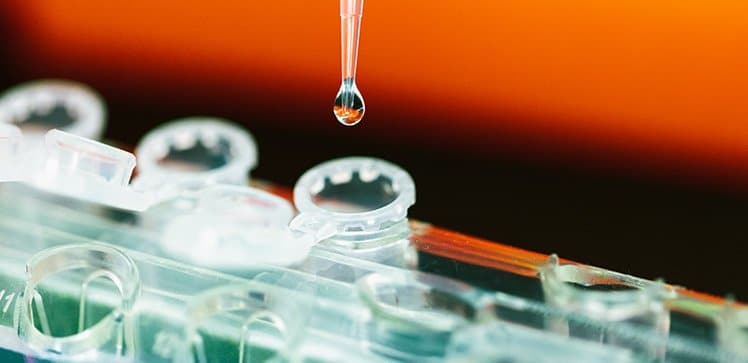Newsletter Signup - Under Article / In Page
"*" indicates required fields
Precise details of how a master regulator of gene expression binds its activating partner could open new avenues for cancer drug development.
The findings were made at the King Abdullah University Of Science And Technology in Saudi Arabia. They reveal how the activating partner, a small cellular metabolite and signaling molecule called PI5P, interacts simultaneously with two different regions of the regulatory protein UHRF1. This shows how, when it comes to the modulation of complex proteins, binding arrangements can take on elaborate multipart forms.
Wolfgang Fischle, KAUST biochemist and study author, said: “Regions linking separate domains of a multidomain protein can have important functionality in organizing and thereby regulating the overall structure and function of a protein.”
Search for medicines
Also, the basic biological insights provided by Fischle’s laboratory at KAUST could breathe new life into the search for UHRF1-directed medicines.
“This protein is one of the most potent targets for cancer therapeutics,” said Papita Mandal, a postdoc in Fischle’s group.
“Our findings will help strategic planning in developing drugs against it.”
Our genomes are scatter-marked with chemical tags that dictate which genes should be turned on or silenced at any given time — an epigenetic process that, when mismanaged, can drive tumor growth. UHRF1 plays a critical role in maintaining the proper arrangement of these chemical tags during cell division, but its activity is contingent on binding to PI5P.
In 2014, Fischle and his colleagues revealed for the first time that UHRF1 and PI5P were binding partners. However, at the time, “it remained unclear how the regulation actually worked on a molecular level,” Fischle said.
Conformational change
PI5P, a fatty substance known as a phospholipid, proved difficult to work with. The researchers had to deploy different experimental techniques — biochemical, biophysical, structural — to delineate the interplay between UHRF1 and its signaling partner.
In collaboration with KAUST structural biologist Łukasz Jaremko, proteomicist Dalila Bensaddek and others, they found the targets of PI5P binding were two distant linker regions of UHRF1 that connected different domains of the protein. And when doubly bound in this way, UHRF1 underwent a conformational change that resulted in functional activation.
“There are many important questions to address next,” Mandal said.
“The first one is to find out the physiological significance of this regulation.”
Armed with that knowledge, the researchers ultimately hope to discover drugs that could target this mechanism of epigenetic control.
Oncology R&D trends and breakthrough innovations







